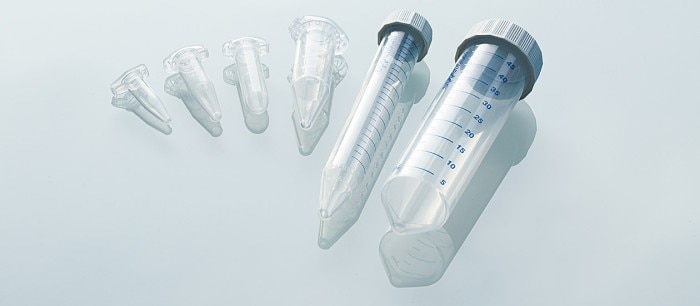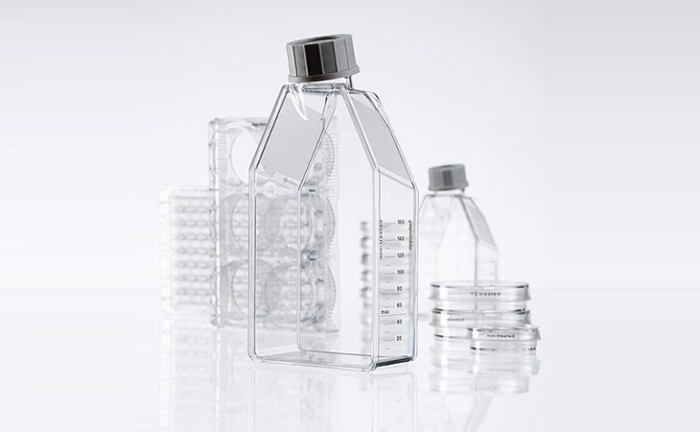MENU
FJ | FJD
FJ | FJD
-
- Benchtop Centrifuges
- Floor-Standing Centrifuges
- Refrigerated Centrifuges
- Microcentrifuges
- Multipurpose Centrifuges
- High-Speed Centrifuges
- Ultracentrifuges
- Concentrator
- High-Speed and Ultracentrifugation Consumables
- Accessories
- Tubes
- Plates
- Device Management Software
- Sample and Information Management
No results found
Search Suggestions

Vessel Material
Lab Academy
- Lab Routine
- Amplification & PCR
- Quality
- Vessels
- Essay
Ever thought about the material of your vessel? Depending on the application and your research goal, the choice of vessel material might be crucial for your experiment. Learn more about the different materials available…
Polymers
Polymer structures are multiple single substructures. Whereas the word “plastic” does not really symbolize the value of the specialized materials, many people still underestimate the importance of choosing the vessel type with the correct polymer-material.In molecular biology and related fields, polymer-based vessels pretty much outranged the glass vessels. This is due to the volume needed (µL or mL instead of L) but also due to the contamination risk of glass vessels.
And for sure, anyone who has ever had to clean up a centrifuge after glass breakage is aware of the superior stability of polymer-structured vessels.
Polypropylene
Polypropylene (PP) is a widely used thermoplastic polymer. The chemical structure is a chain of multiple C3H6 molecules. The material is resistant to many chemical solvents as well as acids and bases. Due to its structure, the vessels are very stable for centrifugal steps in the workflow. The thermal stability strongly depends on the tacticity of the molecule structure. In principle, temperatures above 130 °C may be critical.In contrast to polystyrene or acrylic polymers, PP is translucent but not transparent.
Most of the vessels in the lab are made of PP, e.g. 1.5 mL tubes, 5.0 mL tubes, or the thin-walled 0.2 mL PCR tubes. Colored vessels like the amber tubes or two-colored 96-well PCR plates are created by using pigments during production.
Read more
Read less

Polyethylene
Polyethylene (PE) is the most widely used thermoplastic polymer. The chemical structure is a chain of multiple C2H4 molecules. There are different densities of PE available (from low to high):Low - LDPE, Medium - MDPE, and High - HDPE grades
PE has an excellent chemical resistance against strong acids or strong bases and is resistant to standard oxidants and reducing agents.
Depending on the density of the PE material, the thermal stability ranges between 80 °C and 180 °C.
Polystyrene
Polystyrene (PS) is a synthetic polymer with an aromatic group. The chemical structure is a chain of multiple C8H8 molecules. PS has a low melting point of not more than 100 °C. The centrifugal stability is very limited. The material is mainly used for cell culture consumables, serological pipets, and some storage vessels.Read more
Read less

Polycarbonate
Polycarbonates (PC) are thermoplastic polymers with carbonate groups. These groups increase stability and lead to a strong material which can also be produced optically transparent for microscopy applications. PC has a higher chemical stability than polypropylene and is often used for single-use items in chemistry.Glass
Glass has a long history in laboratories. In the past, all reaction vessels/ bottles were made of glass and quite often re-used. Especially when using biological sample materials, the risk of contamination is quite high when re-using glass vessels as the thorough cleaning is quite complex.The advantage of glass is the usage for higher volumes in liter-scale as well as resistance against many chemical reagents. Furthermore, glass can be autoclaved and heated without further consideration.
Read more
Read less

